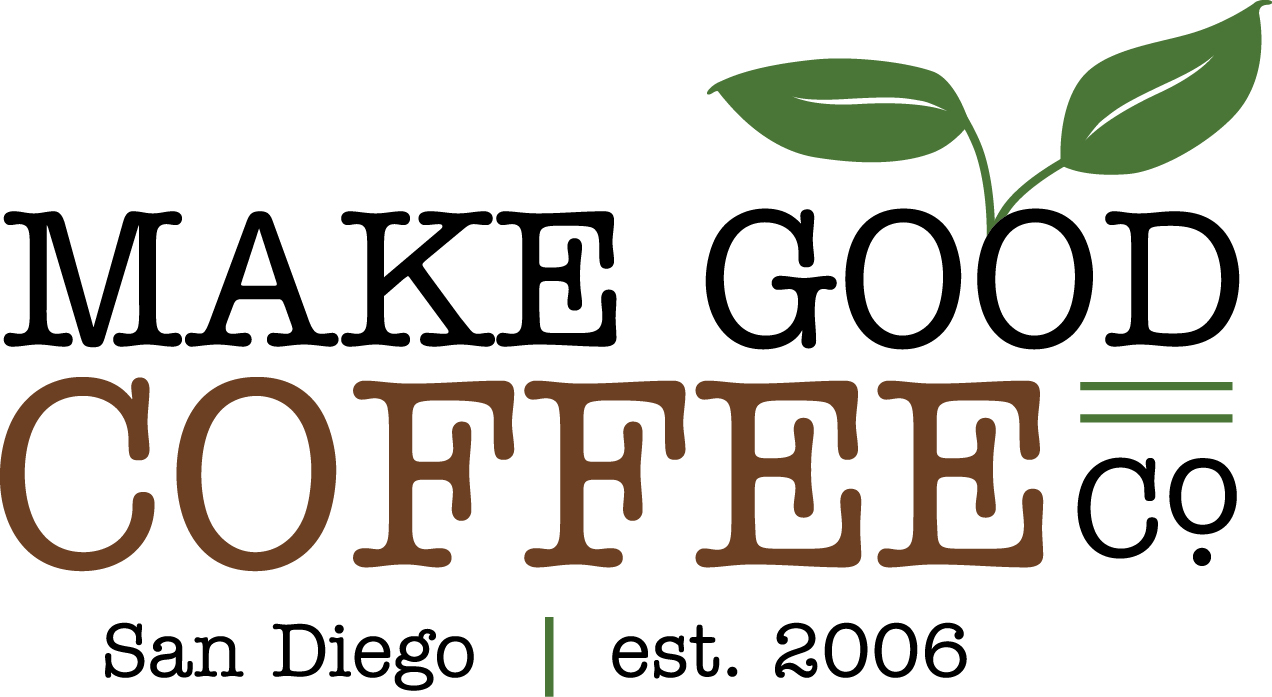The 36 Tastes of Coffee
 At a recent coffee tasting at the Fire Roasted Coffee Company (FRCC) in London, Canada, I learned something VERY cool about coffee. I was complaining to head roaster Patrick Dunham and owner David Cook about how I have a hard time describing what exactly I like about certain coffees. I've yet to buy a coffee from FRCC that I didn't like, but without a culinary background or a terribly sophistocated sense of taste, I have a hard time pinpointing or describing what I like. [ad#Google Adsense - use me]One guest to the website suggested that I develop a scoring system, similar to Coffee Review's score out of 100. But I'm still at the point of finding the right words, let alone as sophistocated a system as that.Then Patrick showed me what you see in this image, a set of 36 small numbered bottles with a legend to match each number to a corresponding flavor accent. The set is called Le Nez du Cafe, French for "the nose (or scent) of coffee". A whiff from any of the 36 bottles provides an overpowering emphasis on that one particular flavor characteristic. Each bottle is identified by number so that you have to take in the aroma before referring to the legned in the guide to determine its identity. At the bottom of this post, I've listed the 36 different aromas in Le Nez du Cafe.It begged the question, where do all of these flavors come from? David explained to me that throughout the cultivation and handling of coffee, it picks up accents from its environment. During cultivation, the coffee will pick up accents from the different product grown in that same source. And so, coffees of a certain source might contain hints of certain fruits like lemon. Or depending on care at the source, could contain earthy tones that are not enjoyed by everybody. I was surprised that one of the 36 scents was rubber, an unenviable flavor that could be picked up in handling, tarnishing the coffee.Le Nez du Cafe set costs $300-400. I have no doubt that given enough practice both with this set, and using a newfound sense of taste applied to the coffees I drink, that I would learn to accurately identify flavor characteristics in coffee. It's a little out of my coffee budget however, so I've committed to the following instead and I suggest that you do as well:Any good roaster will describe the flavor characteristics that you should be looking for in their coffee. I am going to pay close attention to these descriptions from now on, and look for these characteristics in the coffee I drink. It may take me longer than if I invested in the set but doing it this way means learning by enjoying coffee, and taking the time to enjoy what makes that coffee unique and great. Pay attention to the roaster's description before drinking the coffee, and attempt to capture what they describe.
At a recent coffee tasting at the Fire Roasted Coffee Company (FRCC) in London, Canada, I learned something VERY cool about coffee. I was complaining to head roaster Patrick Dunham and owner David Cook about how I have a hard time describing what exactly I like about certain coffees. I've yet to buy a coffee from FRCC that I didn't like, but without a culinary background or a terribly sophistocated sense of taste, I have a hard time pinpointing or describing what I like. [ad#Google Adsense - use me]One guest to the website suggested that I develop a scoring system, similar to Coffee Review's score out of 100. But I'm still at the point of finding the right words, let alone as sophistocated a system as that.Then Patrick showed me what you see in this image, a set of 36 small numbered bottles with a legend to match each number to a corresponding flavor accent. The set is called Le Nez du Cafe, French for "the nose (or scent) of coffee". A whiff from any of the 36 bottles provides an overpowering emphasis on that one particular flavor characteristic. Each bottle is identified by number so that you have to take in the aroma before referring to the legned in the guide to determine its identity. At the bottom of this post, I've listed the 36 different aromas in Le Nez du Cafe.It begged the question, where do all of these flavors come from? David explained to me that throughout the cultivation and handling of coffee, it picks up accents from its environment. During cultivation, the coffee will pick up accents from the different product grown in that same source. And so, coffees of a certain source might contain hints of certain fruits like lemon. Or depending on care at the source, could contain earthy tones that are not enjoyed by everybody. I was surprised that one of the 36 scents was rubber, an unenviable flavor that could be picked up in handling, tarnishing the coffee.Le Nez du Cafe set costs $300-400. I have no doubt that given enough practice both with this set, and using a newfound sense of taste applied to the coffees I drink, that I would learn to accurately identify flavor characteristics in coffee. It's a little out of my coffee budget however, so I've committed to the following instead and I suggest that you do as well:Any good roaster will describe the flavor characteristics that you should be looking for in their coffee. I am going to pay close attention to these descriptions from now on, and look for these characteristics in the coffee I drink. It may take me longer than if I invested in the set but doing it this way means learning by enjoying coffee, and taking the time to enjoy what makes that coffee unique and great. Pay attention to the roaster's description before drinking the coffee, and attempt to capture what they describe.
